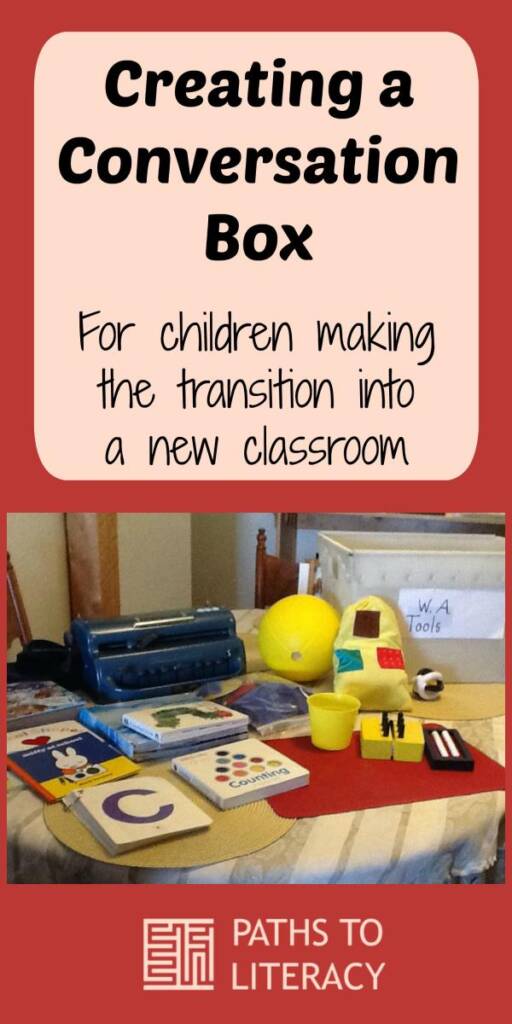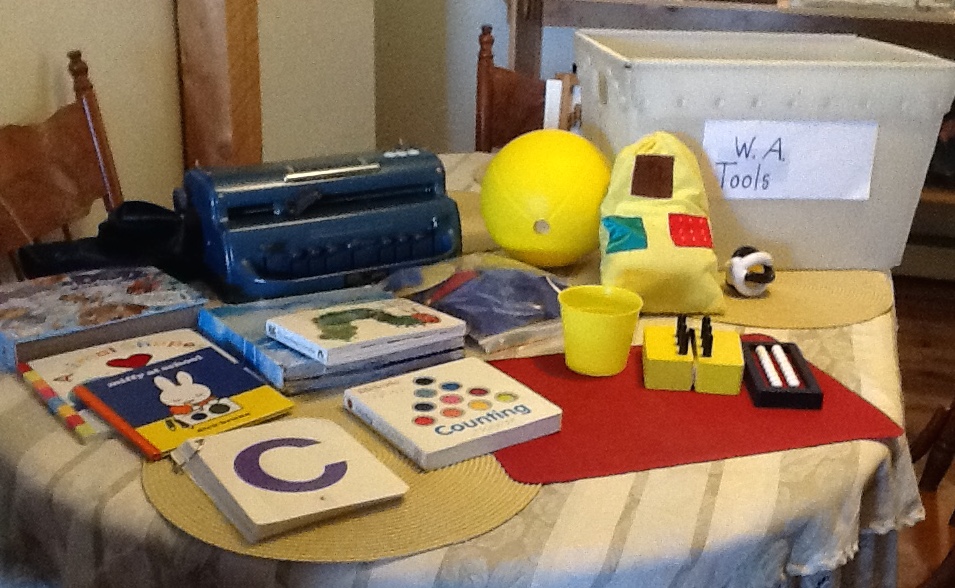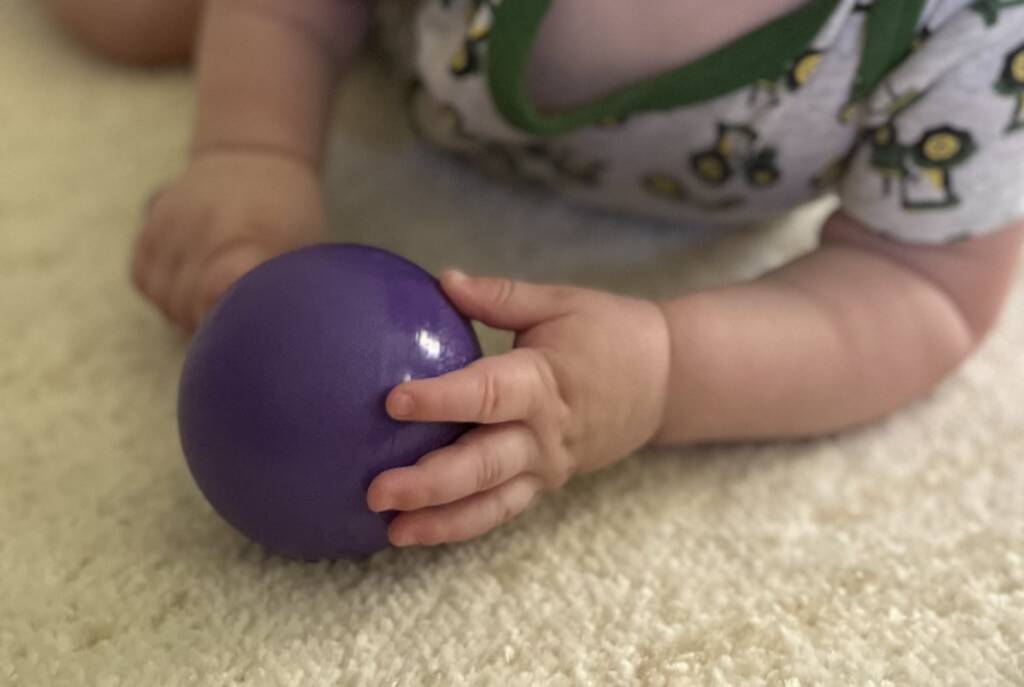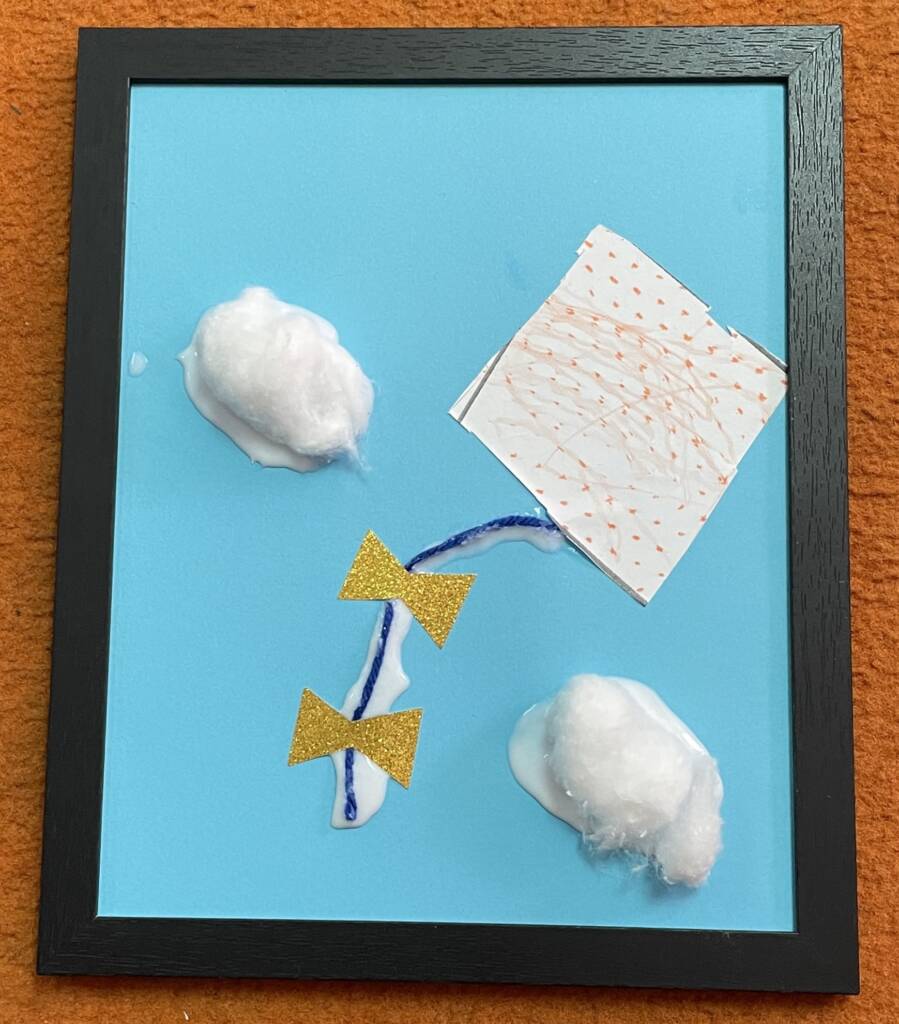The transition from preschool to kindergarten is a very significant one, so I created a conversation box for my student to help with this transition process. The purpose for my conversation box is to encourage discussions with my student about kindergarten. It was created for a child who is blind and attending kindergarten at a new school. This conversation box will encourage him to talk about kindergarten, help him learn what kinds of activities to expect in class, and possibly compare these things to his former preschool years.
Sharing the Conversation Box
This conversation box could address the learning goal of communication, by having the student share his his conversation box with his friends during a group activity. The kindergarten teacher asked me if we could do some type of presentation to help his friends understand what blindness is. I suggested that we do a group activity where each student shares with the class who they are, what they like, etc. This could be a time when my student shows his class this conversation box, which will also teach his friends about what tools and equipment he will be using in school.
Expanding the Conversation Box Activity
To expand the conversation box for this group activity, I would, after introducing the conversation box to him, ask him what other things he would like to include to share with his friends for the class group activity. For instance, he loves hiking and could include something that he uses while hiking. He loves visiting hotels, so I’m sure he has collected some things from former trips from his favorite hotels. This part of the conversation box will include his personal contributions and he can decide what he would like to share with his friends about who he is and what his interests are!
Putting the Conversation Box Together
The items I collected will represent what activities will be a part of his kindergarten class and were placed in an unused mail bin. These items include: 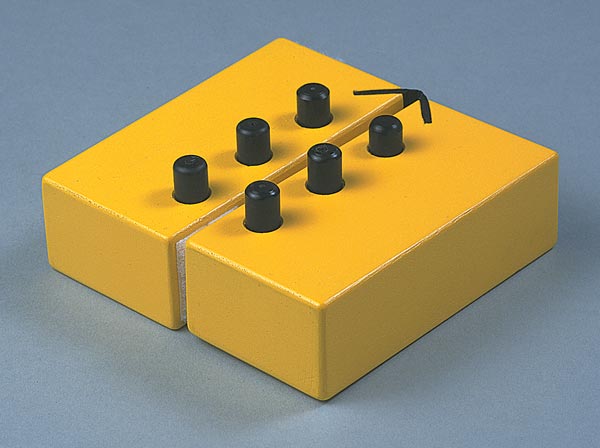
- several books in braille/print with tactile graphics (Counting, Animals Shapes, Miffy at School, Little Breath of Wind, and Poke-A-Dot Ten Little Monkeys)
- letters a-z in print/braille
- a reading pad
- braille swing cell
- abacus
- tactile shapes
- textures squares
- two balls (Beeper and Tactile/Auditory Tangle Ball)
- his brailler
I put a large print label with his initials and “Tools” under it and brailled the information on a transparent label and placed it over the print. Since my student can reach in to feel the objects, I didn’t think a label with a tactile object would be needed for him, but this can be customized to your student’s needs.
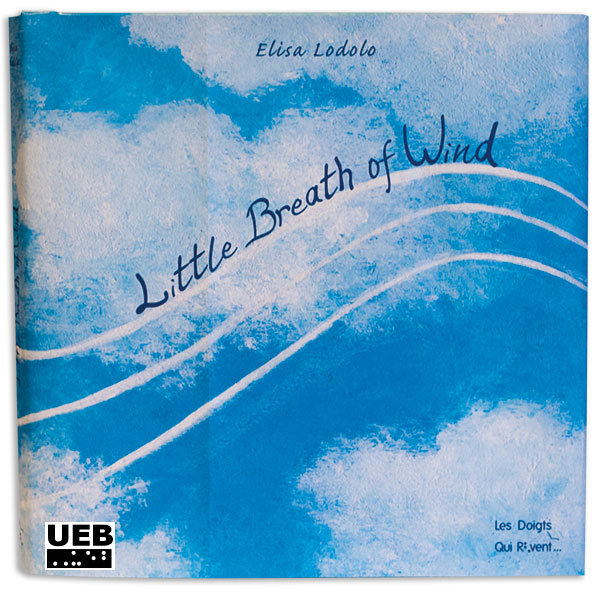

Using the Conversation Box in the Classroom
It will be stored in a designated area in the classroom where his additional materials will be located and accessible to him and teachers who are working with him. The objects placed in this box will encourage a conversation about some of the things we will be doing in kindergarten including reading books, learning letters in braille, using his reading pad to keep materials in place while reading, looking at the braille swing cell to help learn letters and numbers, using an abacus to count, exploring tactile shapes during math, exploring different textures during different activities, and playing on the playground with his favorite auditory/tactile balls.
